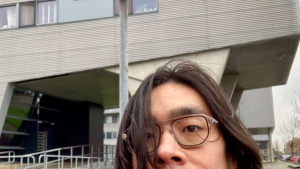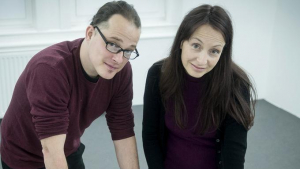Yoshinari Nishiki (a.k.a Inari) has always explored unconventional ways of resource circulation. Projects pursued include the infinite multiplication of bananas (Banana Multiplier 2013), a legal train ticket recycling scheme using pigeons (Homing Pigeon Unused Train Ticket Delivery System 2014), a courier-free free transport system (Contingent Cycle Courier 2019), and an energy drink made from waste materials (EROI Drink 2020).
Contributors 2024
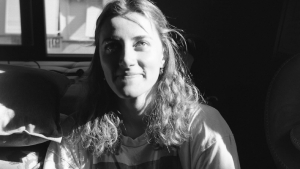
Irmak Ertaş (?rmak erta?) is an experimental publisher, writer, human rights activist and editor. She likes to play with impossible ways of forming a sentence, words that need a massage, punctuation and mermaids. She is currently interested in and involved in research projects that engage with creativity for children, interactive literature, collective memory and concrete poetry. Her work examines the implications of knot theory in relation to narratives, phonetic transcriptions and inscription.

We are six young FLINTA*s who come from conflict-ridden areas and live as the second generation in the diaspora. We stand for the resistance in our home countries (Afghanistan, Kurdistan and Iran) and work against collective forgetting. We, as Javaneh, are like blossoming flowers that symbolize spring, because “Javaneh” means “bud”. Spring carries the power of change, revolution and a new beginning and our goal is to overcome the long metaphorical winter.
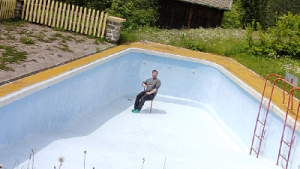
joak (Joseph Knierzinger) is an artist working with obsolete media/technologies/trash and anachronistic, fictitious timelines. Humor and irony are an important method in his undertakings. He is currently working on various alogisms and algorithms in the world.
Why FLOSS
Because it this approaches allows to have exchange with others that Non-Floss approaches dont have. It also makes the creating process of a work of art more transparent and not a hidden black box. I dont like "the end justifies the means" approaches.

Jovita Pristovšek is a research assistant at the Institute of Culture and Memory Studies ZRC SAZU, and a postdoctoral researcher at the Academy of Fine Arts Vienna.
Jovita Pristovšek, photo by Marko Zaplatil
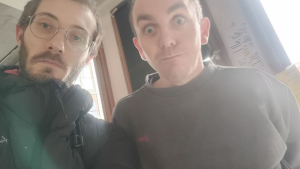
kamo (he/him) is a digital media artist from Bergamo, Italy. He develops custom pieces of software that address digital complexity, often with a visual and performative output. He likes to work on collaborative projects as a way of facing contemporary issues from multiple perspectives. His research aims to emphasize the borders of the digital landscape, inhabiting its contradictions and possibilities. He has a degree in new technologies from the Brera art academy and a master in experimental publishing at the Piet Zwart Institute.
Studied Human Services Management at the University of Applied Sciences here in Linz.
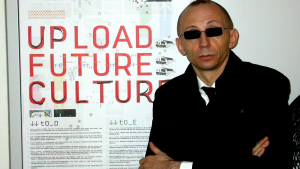
is an interdisciplinary communication researcher, director of the Institute for New Culture Technologies/ t0, and World-Information Institute (World-Information.Org), a cultural intelligence provider. Co-founder and chairman of Public Netbase (1994 - 2006), he has been active in electronic media as an artist, author, composer as well as curator, producer and organizer. Since 1979, numerous electronic intermedia productions, exhibitions, conferences and event designs for international festivals and cultural institutions as well as a range of interventions in public space.


